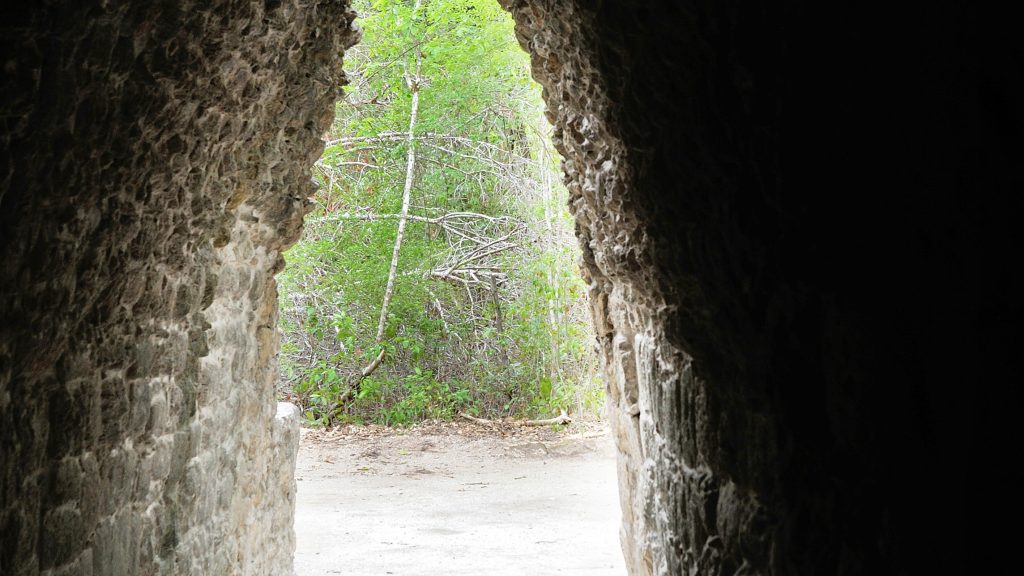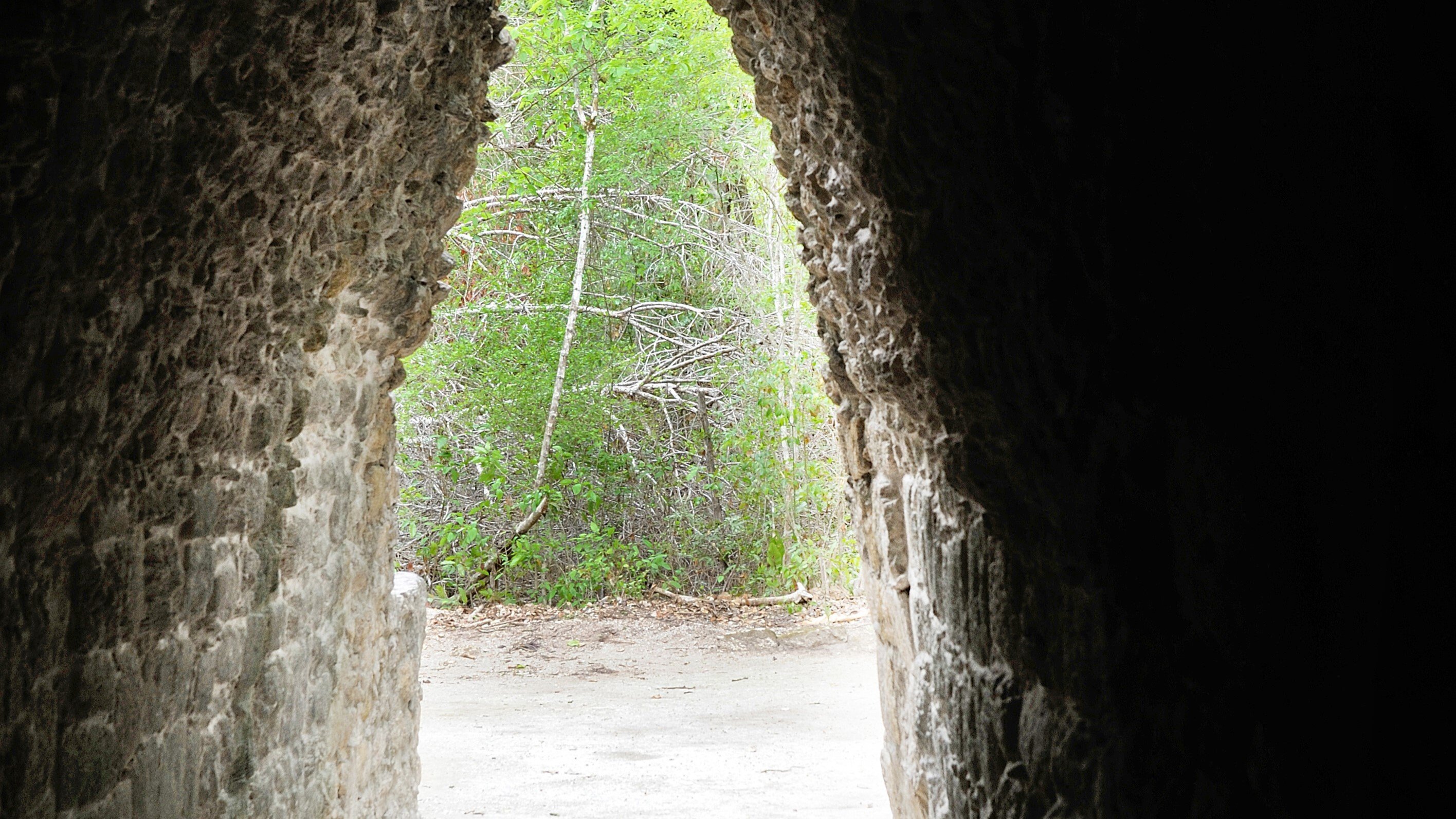
Archaeologists Discover Ancient Maya City with Pyramids and Plazas Hidden in the Heart of the Mexican Jungle

# Ancient Maya City Unveiled with Lidar Technology: The Remarkable Discovery of ‘Valeriana’
For ages, revealing ancient ruins has been a painstaking endeavor, often compelling archaeologists to venture into thick jungles, armed with machetes and relying on little more than hearsay and intuition. The quest for the vestiges of ancient cultures, including the Maya, was a methodical and laborious undertaking of exploration, revelation, and meticulous digging. However, the integration of modern technology with a sense of curiosity has now expediated these pursuits, leading to the unveiling of an entire Maya city previously concealed within the forests of southeastern Mexico—and it all commenced with a straightforward Google search.
## Lidar Technology’s Contribution
This transformative discovery is attributed to Lidar (Light Detection and Ranging), an innovative remote-sensing technology that enables scientists to chart geographical features and uncover concealed structures hidden beneath the thick foliage of forests. Lidar works by sending laser pulses from an aircraft or drone and measuring the time it takes for the pulses to bounce back after hitting an object below, such as trees, rocks, or underground structures. By interpreting this information, researchers can construct highly precise 3D maps that disclose what remains unseen to the naked eye.
Although this technology has been successfully leveraged to identify ancient sites globally, Lidar surveys are often prohibitively expensive. Consequently, organized archaeological groups have typically reserved Lidar use for instances where they had a promising direction or substantial funding.
This changed when Luke Auld-Thomas, a researcher associated with Northern Arizona University, posed an intriguing question: Could Lidar analyses conducted for non-archaeological reasons unintentionally provide insights that archaeologists had not yet explored? Through his curiosity and ingenuity, he uncovered that environmental organizations had conducted Lidar surveys in portions of the Maya region for entirely different objectives—such as investigating forestry and environmental health.
## An Unexpected Discovery from a Google Search
Auld-Thomas’s initial discovery was quite ordinary—it was sparked by a Google search. While sifting through numerous results looking for any sign that Lidar mapping had occurred in the Maya region, he hit the jackpot. On approximately the 16th page of results, he located a Lidar dataset assembled by a Mexican organization for environmental assessment over a broad 47-square-mile expanse in Campeche, southeastern Mexico. The Lidar data had been utilized to track ecological conditions, but Auld-Thomas identified it as an invaluable resource for archaeology.
Collaborating with researchers from Tulane University, Mexico’s National Institute of Anthropology and History, and the National Center for Airborne Laser Mapping at the University of Houston, Auld-Thomas scrutinized the data. What they discovered was remarkable—an entirely unknown Maya city, obscured yet evident beneath the dense jungles of Campeche.
## Valeriana’s Discovery
The ancient city, named Valeriana after a nearby lagoon, was unveiled as an expansive urban landscape containing over 6,700 structures. Auld-Thomas and his team quickly recognized they had uncovered a forgotten political center of the Classic Maya era. “Valeriana exhibits all the characteristics of a Classic Maya political capital,” noted Auld-Thomas, referring to the city’s size and attributes. The city spanned roughly 6.4 square miles, and its architectural design indicated it had been a bustling, densely populated center.
Valeriana likely emerged before 150 CE and peaked between 750 and 850 CE. At its height, the city is believed to have accommodated between 30,000 and 50,000 inhabitants, making it the second most densely populated Maya city after Calakmul, situated merely 62 miles away. The close proximity of Valeriana to the famed Calakmul opens intriguing avenues for further investigation into the political and economic dynamics between these two hubs.
### Notable Features of Valeriana
Some of the key architectural characteristics of Valeriana consist of:
– **Enclosed Plazas and Temple Pyramids**: The city included two significant plazas surrounded by structures, likely designated for public, ceremonial, or administrative purposes. The temple pyramids also reflect classic Maya religious architecture.
– **A Substantial Reservoir**: A prominent water reservoir was located within the city, showcasing advanced techniques in water management.
– **Ball Court**: Similar to various Maya cities, Valeriana featured a sacred ball court where the Mesoamerican ballgame, a ritual sport with social and political importance, would have occurred.
– **Densely Packed Residential Areas**: Two main centers within Valeriana, spaced about 1.2 miles apart, were interconnected by highways and encircled by closely arranged residential structures, indicating a designed urban layout.
While the architectural sophistication of the city is impressive, the evidence implies that the city may have fallen victim to environmental challenges, notably drought. The Maya civilization in numerous regions faced severe drought conditions during the 9th and 10th centuries.